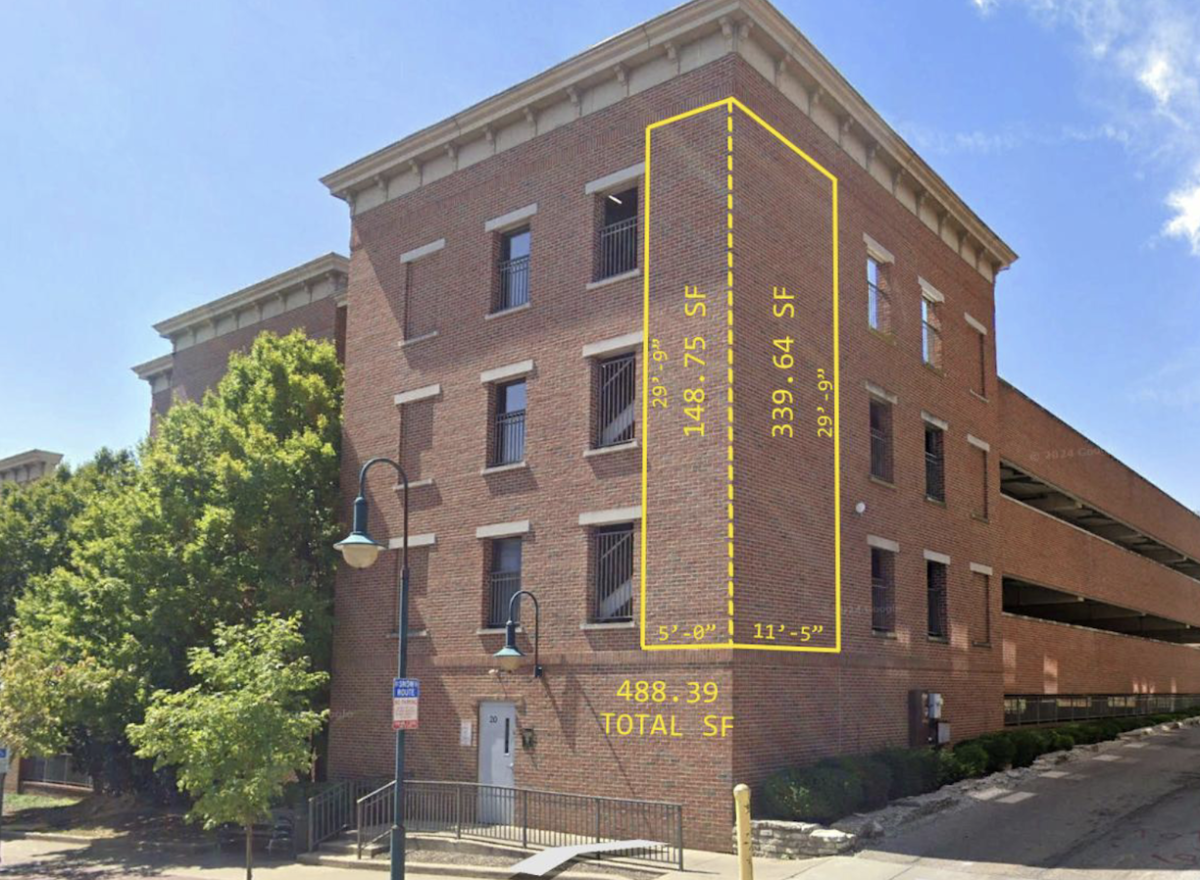Miami architecture faculty to help preserve bridge
Now on the National Register of Historic Places, the Black Covered Bridge was built to give farmers easy access to local saw and grist mills. Photo by Halie Barger
January 24, 2020
An iconic local landmark is being preserved in architectural detail thanks to a grant from the W. E. Smith Family Charitable Trust.
The Miami University Architecture Department received the $2,600 grant to pay Brian Andrews, an adjunct professor and architect, to draw up the details of the Black Covered Bridge on Corso Road, just off Morning Sun Road on the north side of Oxford.
The wooden bridge was built in 1868 to help local farms cross Four Mile Creek and get to the Pugh’s Mill complex that included a gristmill and a sawmill, according to the Oxford Museum Association’s website. Originally called the Pugh’s Mill Bridge, the structure became more commonly known as the Black Covered Bridge to differentiate it from a similar white bridge further downstream near state Route 73, according to the website.
The white bridge is gone now and the black bridge has long since faded to a rustic gray.
Miami associate professor Ben Jacks applied for the grant and is the leader of the project, which also will include producing presentation drawings of the Austin-Magie farm house and barn, which sits across Morning Sun Road from the bridge. The bridge is now owned by the city of Oxford and is incorporated into the Oxford Area Trails System. The Austin-Magie farm is on land owned by the university.
The purpose of the project is to produce a more accurate drawing of the bridge and the two buildings on the farm for publication on the website Educating People from the Ground Up, said Jacks. The website serves to educate people on the history of the land and Miami University’s Institute for Food and Farm, which is adjacent to the farm.
“I applied for the grant so that I could employ (Andrews) to do a large scale drawing of the Black Covered Bridge so that we could have it for posterity and also so we could publish it on the website,” Jacks said.
Andrews said the bridge is interesting structurally as well as historically.
“It’s so interesting because it was originally built as a single-span bridge,” stretching all the way from bank to band of the creek, Andrews said.
Later, after the bridge started to sag, a support was added in the middle of the creek, making it a double-span bridge, according to Andrews.
According to Educating from the Ground Up, the timbers from the bridge were possibly produced at the mill, or imported in order to get the most appropriate type and sizes of milled wood for the project.

“The size of the timbers on that bridge are massive,” Andrews said. “Most of those pieces are like a foot by a foot, and they’re like 12-13 feet long.”
The purpose for putting a roof on a bridge is to keep the wooden span from rotting away in the rain and snow, according to the site. The bridge, which is the last covered bridge still standing in Butler County, is also known for its combination of the Childs and Long types of trusses, according to the Oxford Museum Association’s website.
The bridge is highly regarded by Oxford historians, and they can be heard telling the story of the bridge in a video on the Oxford Museum Association’s website. The bridge is also one of the longest covered bridges in Ohio, according to museum association.
“It was the bridge that would tie the rural area to the small commercial community, academic community that was Oxford,” Philip Shriver, former Miami University president, said in the video.
The drawing process for the bridge is very detailed, Andrews said. He took specific measurements of each section of the bridge and then took pictures. After that is completed, Andrews will take the photographs and draw them on a thin sheet of cotton-like paper. This will later be transferred using a light to a more durable piece of paper.

According to the website, the Austin-Magie farm and mill district was once one of the most successful farms in Butler County. The grist mill was built in 1815 and was one of the largest in the township. Later, in 1841, Austin built the federal style brick house, according to the site.
After Austin’s death, James Pugh gained ownership of the mill. David M. Magie purchased the surrounding farmland, utilizing it to breed hogs and other livestock. The hogs were transported from Oxford to the market in Cincinnati, as the meat market was regarded as a lucrative industry at the time. Magie owned the most hogs in the township.
Jacks said that drawings of the farmhouse and barn already exist, but for the sake of preservation they want to do more.
“We’re going to do better drawings as a part of the grant project,” Jacks said. The project, according to Andrews, is expected to be complete by the end of the spring semester.
The Smith Family Charitable Trust was established by the estate of Ophia Smith, a longtime Oxford resident. Smith wrote books on Oxford history, and collaborated with her husband, W.E. Smith on researching and writing “History of Southwestern Ohio: The Miami Valleys.” W.E. Smith was the chair of the Miami University’s History Department as well as the first director of the William Holmes McGuffey Museum.
The grant given to the architecture department was one of 17 awarded this year by the trust to groups in Southwest Ohio.














